Content |
|---|
Characteristics "Airedale Terrier"
Coexistence is important that you have with your new friend. Before considering the acquisition of a dog of the breed "Airedale Terrier" you know certain factors. Not all breeds of dogs are apt to live in an apartment, you must take into account his character, their need for exercise, their interaction with other pets, their care and if you have small children, their level of tolerance towards them.
Adaptation ⓘ5.0 out of 5 stars (based on 1 review)
|
friendly dog ⓘ1.0 out of 5 stars (based on 1 review)
|
hair loss ⓘ3.0 out of 5 stars (based on 1 review)
|
|---|---|---|
Affection level ⓘ4.0 out of 5 stars (based on 1 review)
|
Need for exercise ⓘ4.0 out of 5 stars (based on 1 review)
|
Social need ⓘ4.0 out of 5 stars (based on 1 review)
|
Home ⓘ3.0 out of 5 stars (based on 1 review)
|
Toilet ⓘ4.0 out of 5 stars (based on 1 review)
|
Friendly with strangers ⓘ2.0 out of 5 stars (based on 1 review)
|
barking ⓘ3.0 out of 5 stars (based on 1 review)
|
Health ⓘ2.0 out of 5 stars (based on 1 review)
|
Territorial ⓘ5.0 out of 5 stars (based on 1 review)
|
Cat friendly ⓘ1.0 out of 5 stars (based on 1 review)
|
Intelligence ⓘ5.0 out of 5 stars (based on 1 review)
|
Versatility ⓘ4.0 out of 5 stars (based on 1 review)
|
Child friendly ⓘ4.0 out of 5 stars (based on 1 review)
|
Surveillance ⓘ5.0 out of 5 stars (based on 1 review)
|
joy ⓘ5.0 out of 5 stars (based on 1 review)
|
History of the Airedale Terrier
This King of the Terriers is a breed of large, strong dogs belonging to the group Terrier. It is of British origin, of the Yorkshire region. It is believed that he descended from a cross between the Otterhound, otter hunter optimal, Terrier and the Old Español. The breeding of these animals began in the mid-nineteenth century.
In the countries where it is most widespread, it has never managed to be a dog of “fashion”, so it has some protection from trade and indiscriminate breeding, factors that destroy the zootechnical characteristics of the vast majority of dog breeds.
His personality is cheerful, sometimes relied, insurance. It is almost always on alert but not aggressive, if not annoying or it urges.
Did you know??The Airedale is the largest of the terrier breeds and was one of the first races trained for police work in Germany and Britain. In World War, he worked as a guard dog and messenger.
Physical characteristics Airedale Terrier
His teeth presents a quadrature and much strength to the of a Rottweiler, Despite having a thinner jaw. His coat is black and tan, varying its intensity but not the distribution, black or gray color extends to the upper neck, back, back, rump, while the flanks, thighs and belly have a mixed shade of gray hairs and golden, the rest of the body, is tan or sand in different shades.
Is from the Terriers bigger, muscular and active. His character shines through the lively and alert expression of her eyes, the way that carries its tail erect and ears. He has a lump between 59 and 61 cm in males with an average weight of 25 kg. The females among 56 and 59 cm and weighing approximately 20 kg. The eyes should never be prominent but small, dark and at an angle, with a typical expression Terrier, alert and intelligent. The ears are V-shaped, sometimes lighter or darker than the skull. Like other Terrier, traditionally a third of the tail was amputated a few days after birth. But, this practice has recently been banned in some countries.
It has a long, flat skull. Is well proportioned to the body. The well modeled muzzle should not have a concave or stop shape that descends abruptly below the line of the eyes.. The skin should be smooth, firm and tight. The upper and lower jaws are large, powerful and strong, but should not excess development. Scissor bite, that is to say, the inside of the upper incisors in contact with the outside of the lower incisors preferably set square to the jaws; but if you accept the bite in pincer. The lips are firm and black muzzle.
Airedale Terrier character and skills
It is an intelligent dog, fell, quiet, a stalwart companion who enjoys going for walks and responds to basic training of simple commands with no problem.
In Canada They are used for hunting bear and deer.
They have problems with ears that require continuous observation and a lot of hygiene. They may also have skin problems, known as hot patch.
Breeders list "Airedale Terrier"
In Spain we have not been able to contact any breeder of “Airedale Terrier”. There are very few international breeders who maintain this wonderful breed that was on the verge of extinction..
Airedale Terrier images
Airedale Terrier Videos
Type and recognitions:
- FCI CLASSIFICATION:
- Group :
- Section : . .
Federations:
- – FCI – Terriers 1 Large and medium-sized terriers. ⓘ
- – AKC – Dogs working ⓘ
- – ANKC – Group 6 (utility dogs) ⓘ
- – CKC – Miscellaneous list ⓘ
- – KC – Working dogs ⓘ
- – NZKC – Utility dog ⓘ
- – UKC – Watchdog ⓘ
FCI breed standard "Airedale Terrier"
Alternative names:
1. Airedale Terrier, Waterside Terrier, Bingley Terrier, AIREDALE, King of Terriers (English).
2. Airedale Terrier, Waterside Terrier, Bingley Terrier, Working Terrier, Warfedale Terrier (French).
3. Waterside Terrier, Terrier, Bingley Terrier (German).
4. Airedale terrier, O rei dos terriers, Waterside Terrier (Portuguese).
5. Airedale terrier, Rey de los Terriers (español).
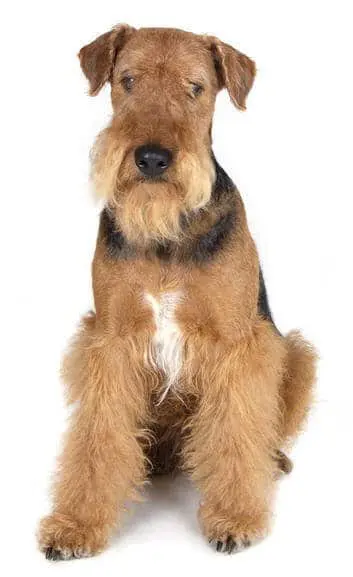
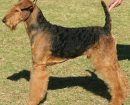
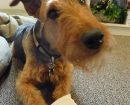
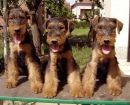
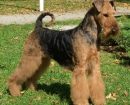
 Dogs 101 Airedale-Terrier
Dogs 101 Airedale-Terrier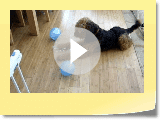 Airedale-terrier Balloon play
Airedale-terrier Balloon play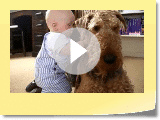 duckie July 2009
duckie July 2009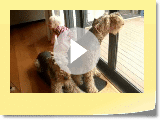 AIREDALE: The All-New Adventures of Ptolemy Molly & Gertrude Part 3
AIREDALE: The All-New Adventures of Ptolemy Molly & Gertrude Part 3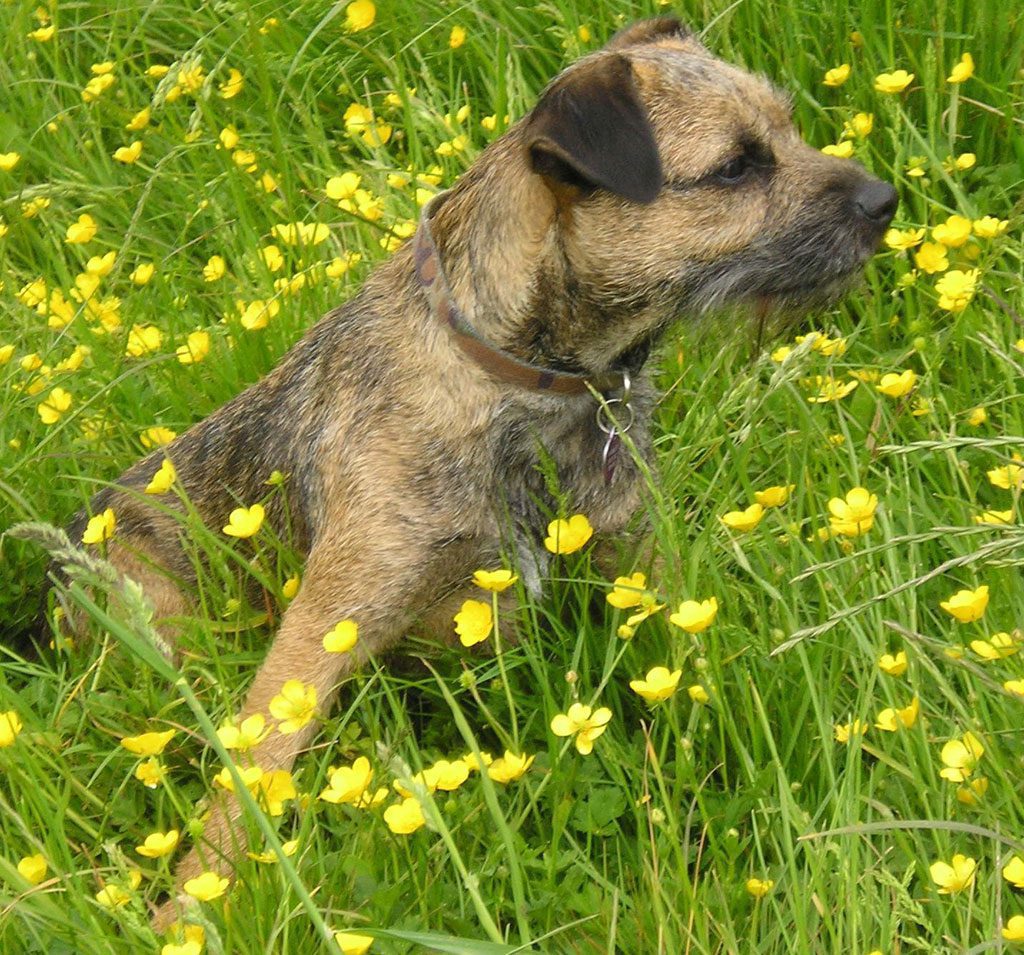
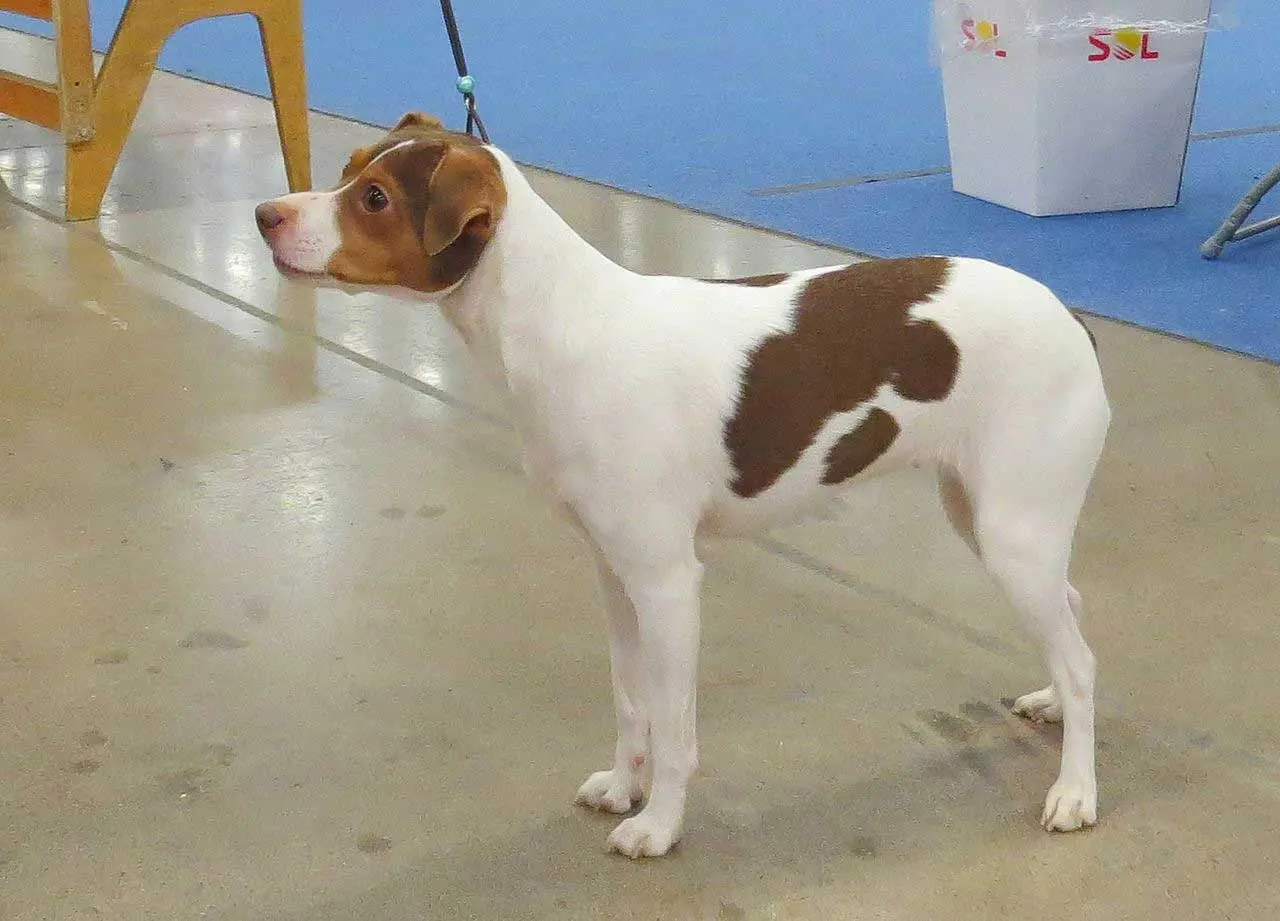
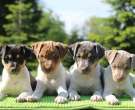
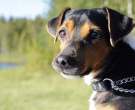
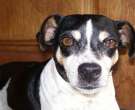
 Dog breeds – brazilian terrier
Dog breeds – brazilian terrier Terrier Brasileiro / Breed of dog
Terrier Brasileiro / Breed of dog Fox Paulistinha – Terrier Brasileiro
Fox Paulistinha – Terrier Brasileiro Very First Weekend With RIO – A Friendly Brazilian Terrier Puppy 🙂
Very First Weekend With RIO – A Friendly Brazilian Terrier Puppy 🙂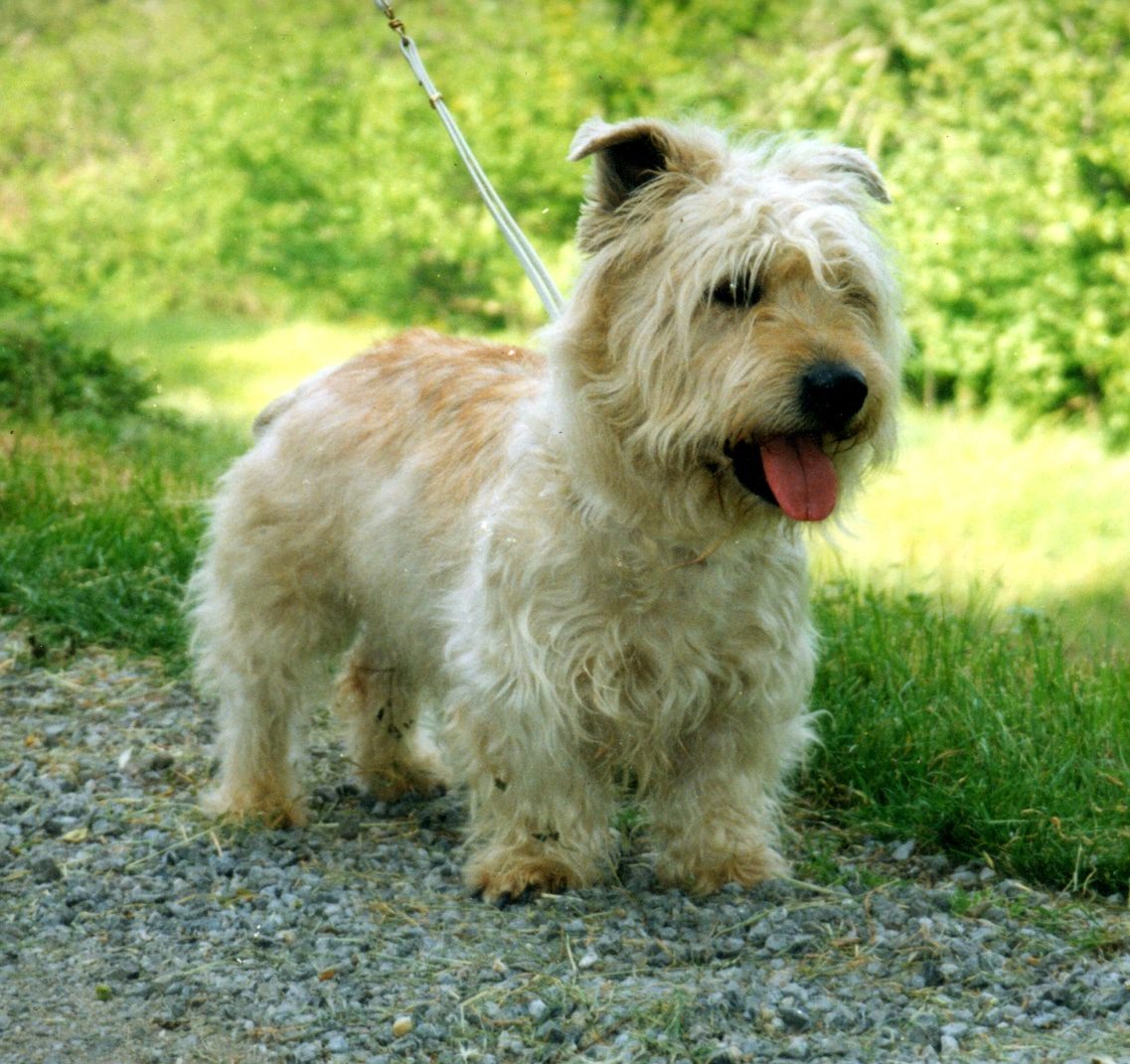
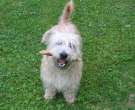
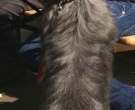
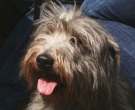
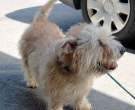
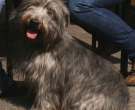
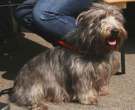
 Irish Image Glen Terrier – Breed of dog
Irish Image Glen Terrier – Breed of dog Dog Breed Video: Wicklow Terrier
Dog Breed Video: Wicklow Terrier Glen of Imaal Terriers | Breed Judging 2019
Glen of Imaal Terriers | Breed Judging 2019 “William” Break a Leg, Wicklow Terrier
“William” Break a Leg, Wicklow Terrier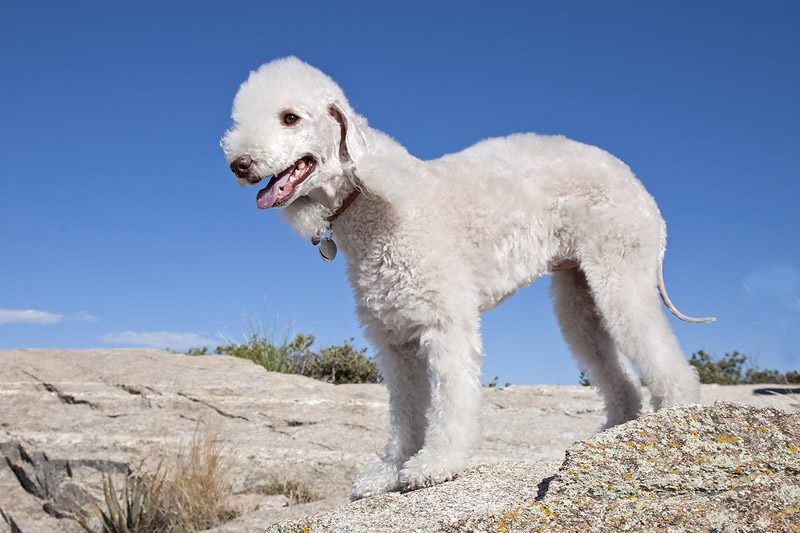
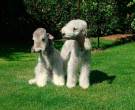
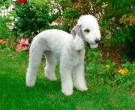
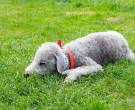

 Bedlington Terrier dog “sheep” care history.
Bedlington Terrier dog “sheep” care history.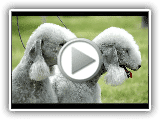 Bedlington Terrier – Breed of dog
Bedlington Terrier – Breed of dog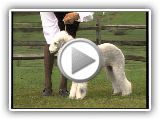 Bedlington Terrier – AKC Dog Breed Series
Bedlington Terrier – AKC Dog Breed Series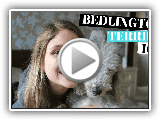 BEDLINGTON TERRIER DOGS 101 – PROS AND CONS
BEDLINGTON TERRIER DOGS 101 – PROS AND CONS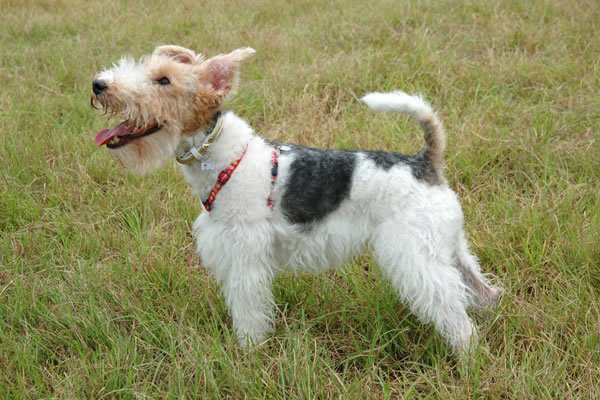
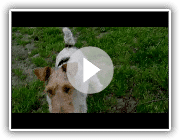
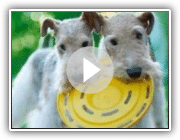
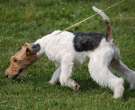
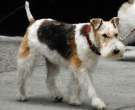
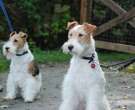
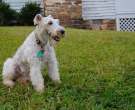

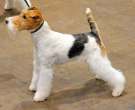
 Fox Terrier of hair hard (Fox Terrier Wire) – Breed of dog
Fox Terrier of hair hard (Fox Terrier Wire) – Breed of dog ‘Vinny’ the Wire Fox Terrier wins the 2020 Westminster Dog Show terrier group | FOX SPORTS
‘Vinny’ the Wire Fox Terrier wins the 2020 Westminster Dog Show terrier group | FOX SPORTS Wire Fox Terrier Roy’s Tricks
Wire Fox Terrier Roy’s Tricks Wire Fox Terrier Owe playing
Wire Fox Terrier Owe playing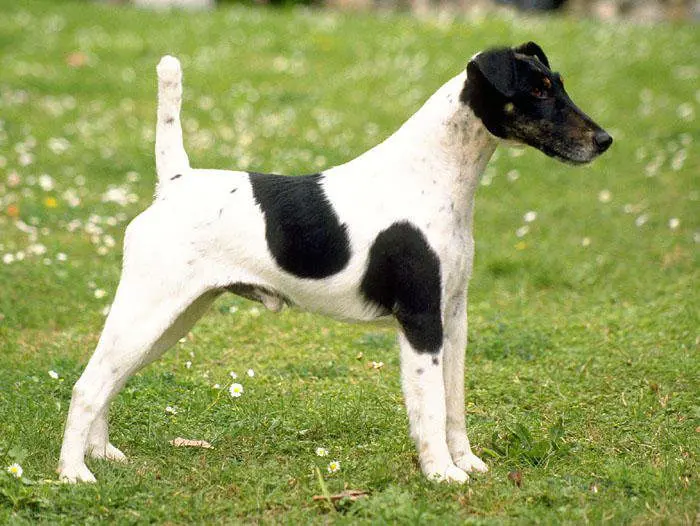
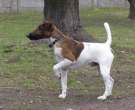
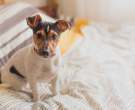
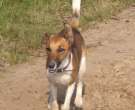
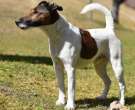
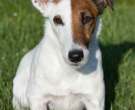
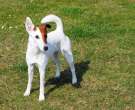
 Smooth Hair Fox Terrier (Fox Terrier Smooth) – Breed of dog
Smooth Hair Fox Terrier (Fox Terrier Smooth) – Breed of dog Smooth Fox Terrier – Top 10 Facts (The Gentleman Terrier)
Smooth Fox Terrier – Top 10 Facts (The Gentleman Terrier) Smooth Fox Terrier – AKC Dog Breed Series
Smooth Fox Terrier – AKC Dog Breed Series Smooth Fox Terrier, Puppy Jean playing in yard
Smooth Fox Terrier, Puppy Jean playing in yard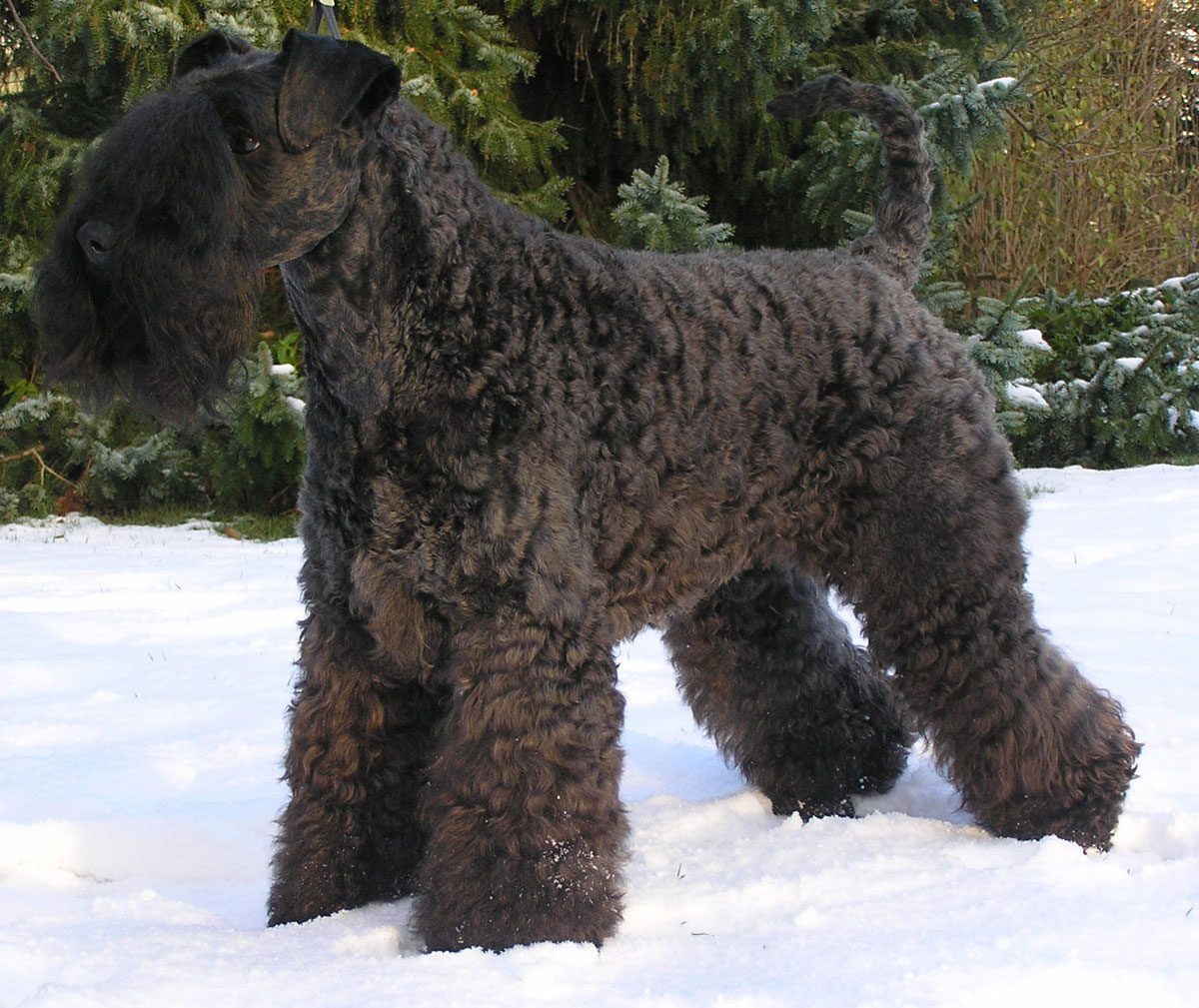
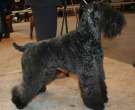
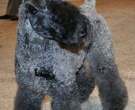




 Terrier Kerry Blue – (Kerry Blue Terrier) Breed of dog
Terrier Kerry Blue – (Kerry Blue Terrier) Breed of dog Kerry Blue Terrier – AKC Dog Breed Series
Kerry Blue Terrier – AKC Dog Breed Series Kerry Blue Terrier – Top 10 Facts
Kerry Blue Terrier – Top 10 Facts Kerry Blue Terrier(12 months): spring, country house, new haircut
Kerry Blue Terrier(12 months): spring, country house, new haircut